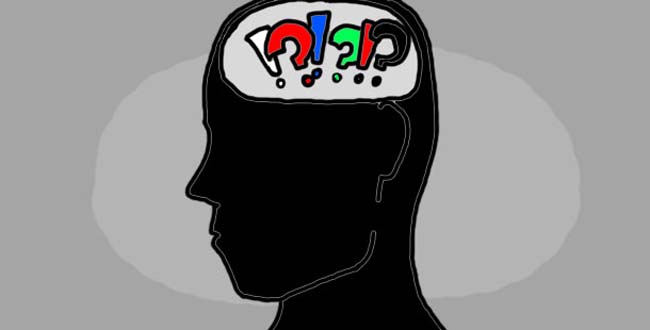Austin “Gus” Deeds, who attended the College of William and Mary through last semester, died of an apparent suicide Tuesday morning.
Deeds’ death, along with Deeds’ alleged attack on his father, made national headlines as a tragic act of violence. But in the 24 years before that, Deeds made bluegrass music and engaging conversation. And that’s extraordinarily important to remember.
Deeds is the fifth member of the College community to commit suicide in the last four years. We have lost too many — so many, it seems, that the sequence of events surrounding each tragedy becomes something of a routine: A campus-wide email goes out reminding students that counselors are on call. Those who are associated with the family express their condolences. The religious keep the family in their prayers.
And everyone wonders: What happened? Could it have been prevented?
In this particular case, those questions focus on the events in the hours before Deeds’ death. According to The Washington Post, Deeds underwent a psychiatric evaluation the day before he committed suicide, but he was not admitted to the hospital because there were no available beds. It’s possible that, had authorities found a bed for Deeds, he might still be alive — but we can never know that for sure.
Unfortunately, no suicide ever leaves us with a definitive answer to the question of whether it could have been prevented. Therefore, we have to stop asking that question, and ask something else, instead: What can be done to keep this from happening again?
The primary resource at the College for those with mental health concerns is the Counseling Center. One of the largest hurdles to overcome in mental health advocacy is reaching students who may not feel comfortable seeking professional help, but the Counseling Center does little to promote its services. While Counseling Center staff cannot possibly persuade every student who needs help to seek it, they could do everything in their power to make those students feel welcomed and encouraged through basic outreach efforts, such as sending out emails or making appearances around campus. Perhaps students would be more likely to seek help if the Counseling Center seemed more familiar and approachable.
To complement the Counseling Center, a variety of groups at the College offer an assortment of mental health initiatives, but many of those initiatives fail to deal with the individual complexities of mental health issues. We have seminars on stress reduction and relaxation techniques. We have panel discussions. We have awareness events. All of these programs are the lovely, valuable efforts of a caring community, but we cannot rely solely on them to maintain the mental health of our student body. Any initiative that deals with a large, general audience runs the risk of characterizing mental illness as something abstract, rather than something that’s deeply affecting individual people. These programs are useful, but only on a surface level.
To deal with serious mental health issues effectively, we need to recognize their nuances and complexities. Mental health is not simply a cause to be championed in lectures and events; rather, it is something to be dealt with on an individual level. Without knowing the intricacies of the personality of someone who struggles with mental illness, that person’s struggles are invisible. Before someone can be helped, and before anyone else is able to reach out to that person in the first place, that person needs to be regarded as a multifaceted individual with an inner life that’s as rich and as real as anyone else’s.
Nobody can know for sure whether Tuesday morning could have been prevented, but we do know that we’ve lost a 24-year-old member of the Tribe who was a musician and a storyteller and so many other things, too. And every loss like this is one too many.
Katherine Chiglinsky recused herself from this staff editorial to remain unbiased in her reporting.

